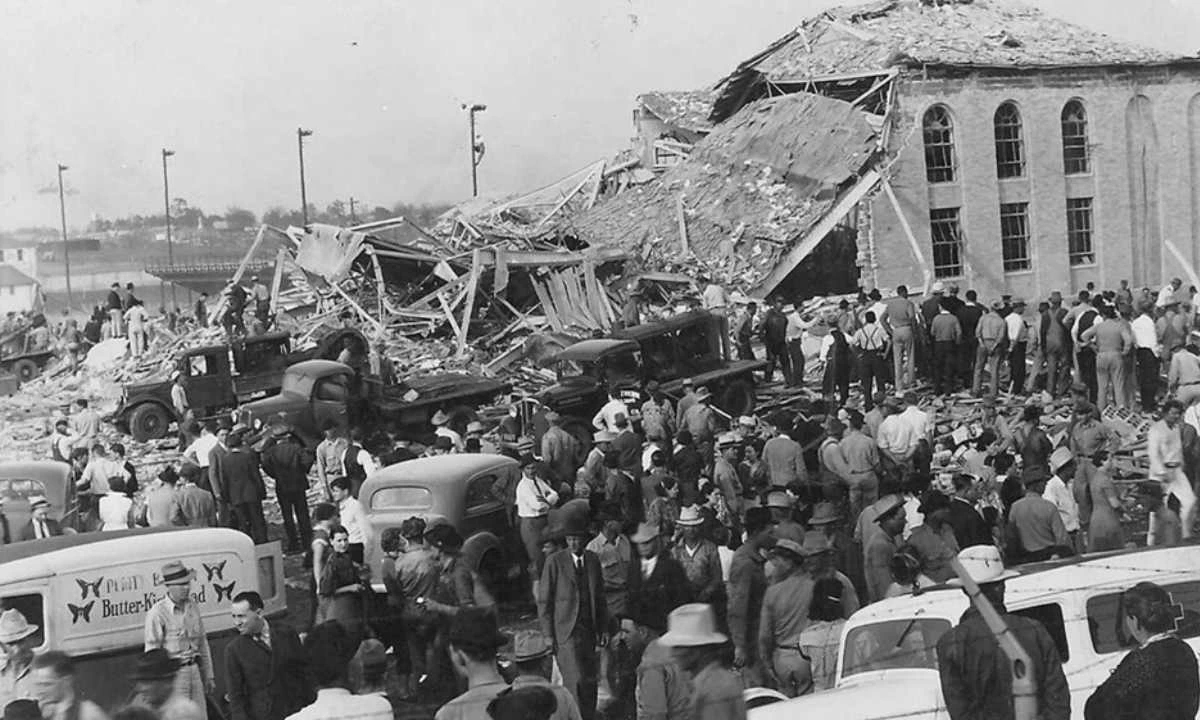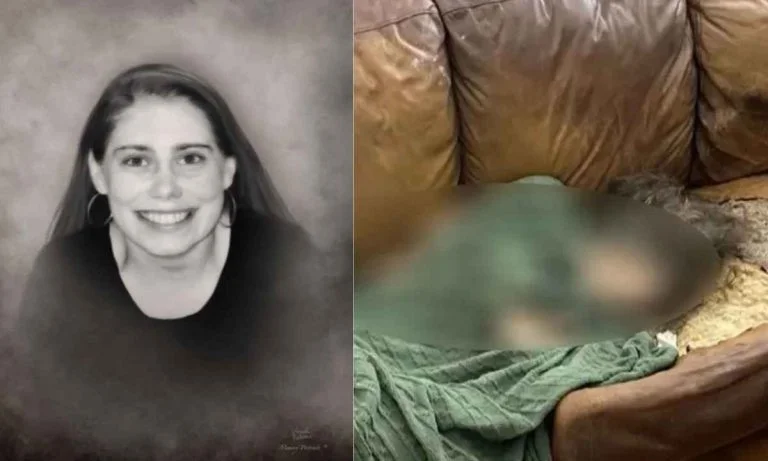The Deadliest School Disaster In U.S History | New London School Explosion!
March 18, 1937. New London, Texas, in northwest Rusk County, had one of the richest rural school districts in the United States. It was just another ordinary day in New London, Texas, until 3:17 p.m. rang with an explosion so fierce, it was heard four miles away. In a matter of seconds, the bellowing blast erased nearly 300 lives, leaving families shattered and a community forever scarred.
As the clock ticked down to the usual conclusion of a school day, a hidden danger lurked beneath the London School – an odorless and colorless natural gas. The school had tapped into a gas line to cut costs, unaware of the silent menace gathering strength under their feet.
On March 18, students were preparing for the next day’s Interscholastic Meet in Henderson. At around 3:17 P.M., an instructor of manual training, Lemmie R. Butler, turned on a sanding machine in an area which. Little did he know, it was filled with a mixture of gas and air.
As soon as the electric sander flipped, a spark ignited the catastrophe that etched itself into history as the deadliest school disaster in the U.S. The building, 253 feet long and 56 feet wide, collapsed to the ground almost immediately. The sound of the explosion spread nearly four miles from the location.
In the immediate aftermath, chaos was the master of ceremonies. Parents who were at the PTA meeting became first responders. More parents joined in within 15 minutes, sprinting from their jobs on the oil fields to the scene of destruction.
Amongst them, tears mixed with sweat as they frantically searched for their children under the rubble. Rescue efforts stretched into the night, but the damage was irrevocable.
A two-ton concrete slab became an unstoppable force, hurling 200 feet through the air, crushing everything in its path, including a parked car. The town was left grappling with the enormity of their loss.

Governor James Allred sent the Texas Rangers and highway patrol to attend to the victims in less than an hour. Baylor Hospital and Scottish Rite Hospital for Crippled Children in Dallas and Wichita Falls, the United States Army Air Corps at Barksdale Field in Shreveport, Louisiana, all joined with doctors and required medical supplies.
Could this tragedy have been avoided? The answer led to legislative changes that would echo through time. Texas took swift action, enacting a law mandating the odorization of natural gas, making leaks detectable, and preventing future heartbreaks.
There were 500 students and forty teachers in the building. Approximately 298 died and 130 got seriously injured.
Researchers found that until January 18, 1937, the school had been supplied with gas by the United Gas Company. To reduce costs—about $300 per month—plumbers, with the approval of the school board and superintendent, connected the building to a residue gas line operated by the Parade Gasoline Company.
At the time, using “green” or “wet” gas was a common way for homes, schools, and churches in oilfield areas to save money.
The investigation determined that gas had leaked from a faulty connection and gathered in a space beneath the school. Because this type of gas had no odor, no one noticed it accumulating, even though there had been earlier signs of a possible leak. No school officials were held legally responsible.
These findings were met with anger from many families. More than seventy lawsuits were filed, but few reached the courtroom. The ones that did were dismissed due to insufficient evidence, according to district judge Robert T. Brown. Public criticism eventually led to the resignation of the superintendent, who had also lost his own son in the explosion.
One of the most lasting outcomes was the passage of a state law requiring that all commercial and industrial gas be mixed with an odorant to help detect leaks. The thirty seniors who survived finished the school year in temporary classrooms while a new building was constructed on nearly the same site. The new school placed safety as its top priority, followed by a hope to motivate students toward higher education.
In 1939, a cenotaph made of Texas pink granite was installed in front of the new building. It was designed by architect Donald S. Nelson and sculptor Herring Coe to honor the lives lost.
The scars of the past found a place in the present through the establishment of a museum, a tangible tribute to the lives lost and the lessons learned. Every year, survivors and families gather, their stories binding a community’s past with its present. ‘We remember… because we must never forget.’
The New London School Explosion remains a chilling reminder of human fragility, a narrative woven with threads of loss, resilience, and an unyielding commitment to safety.







